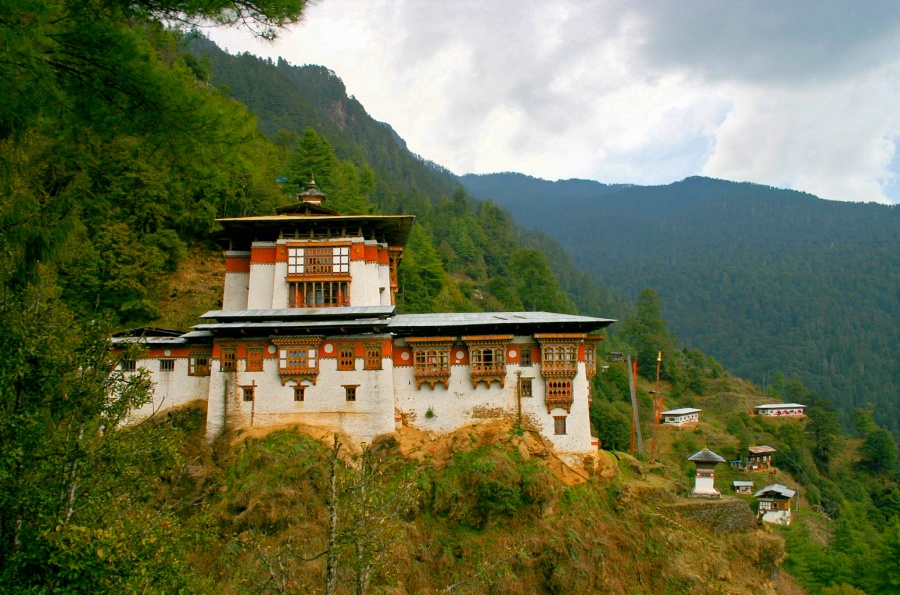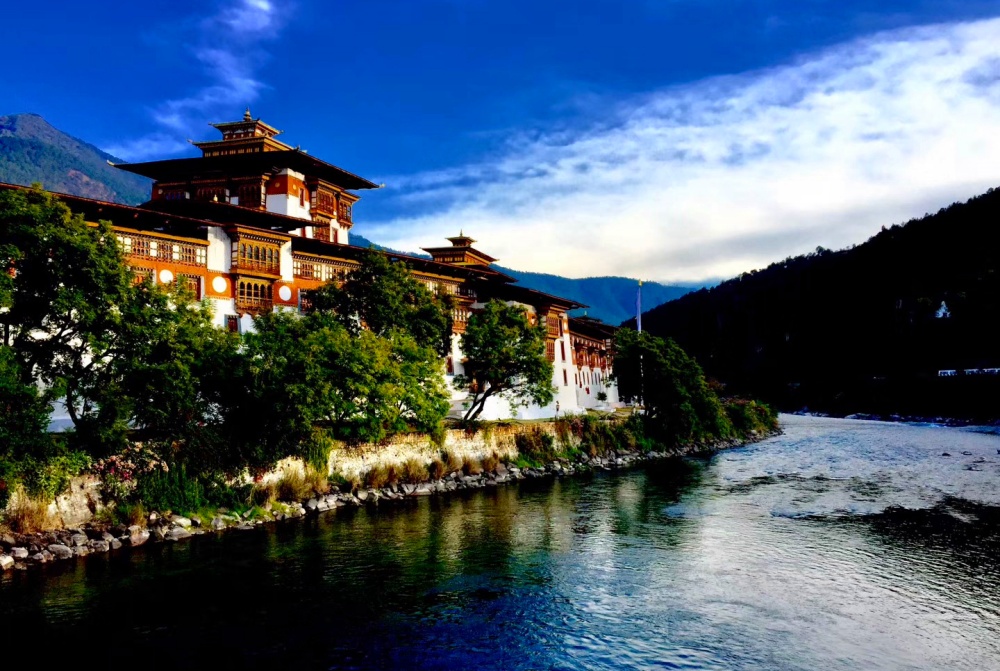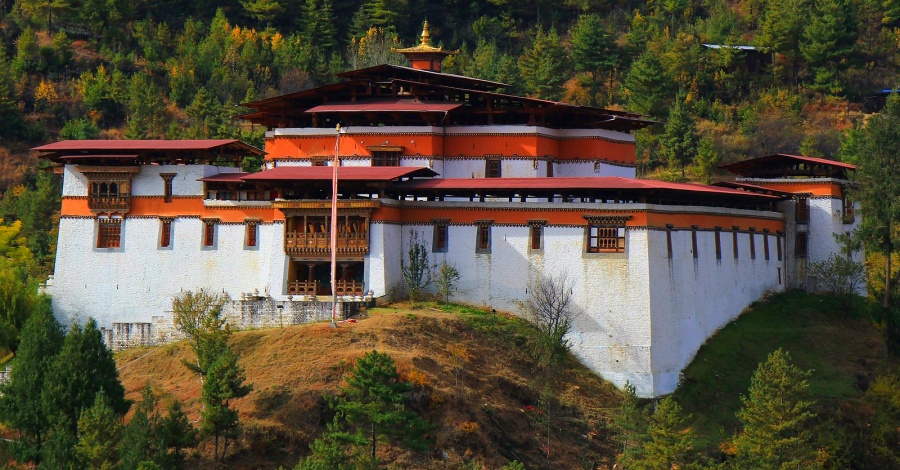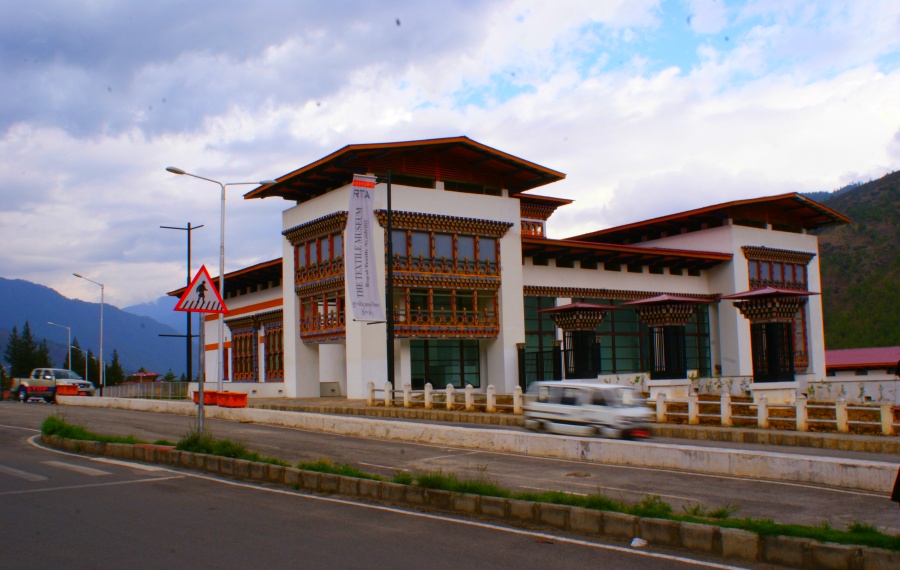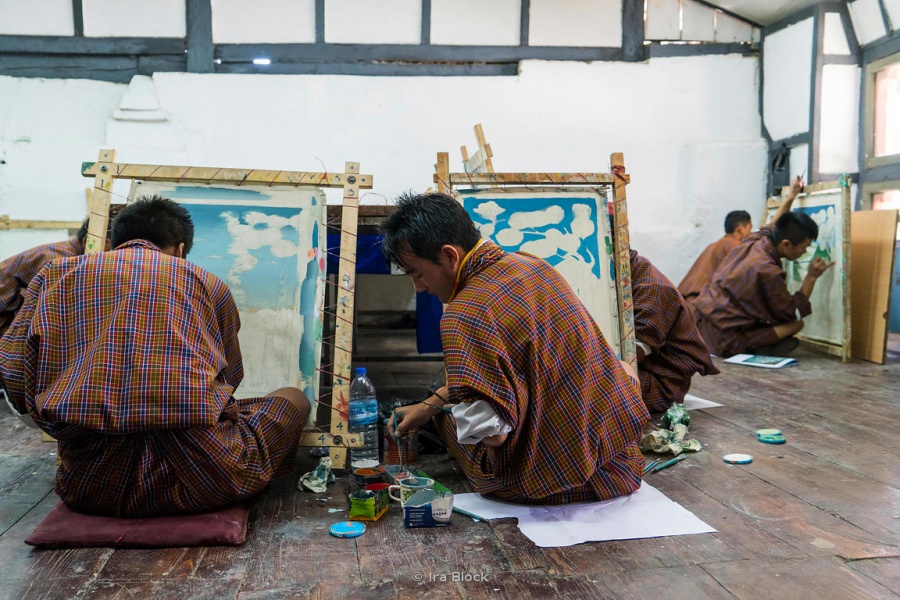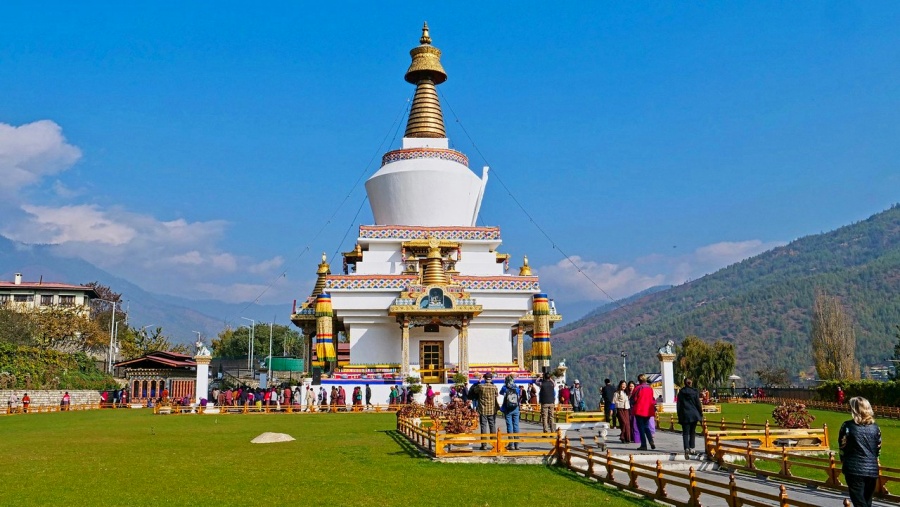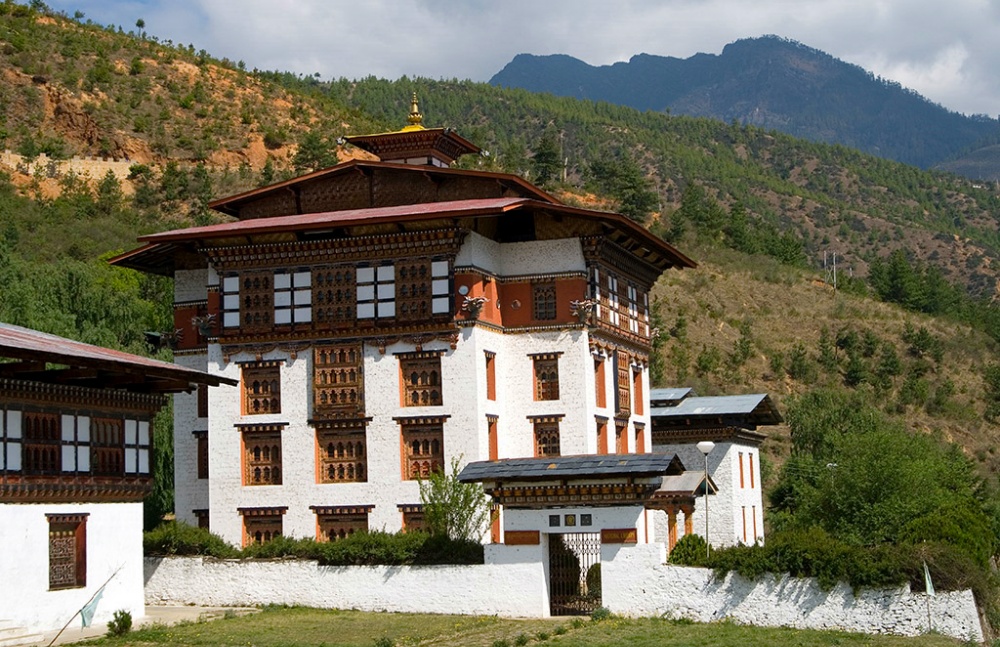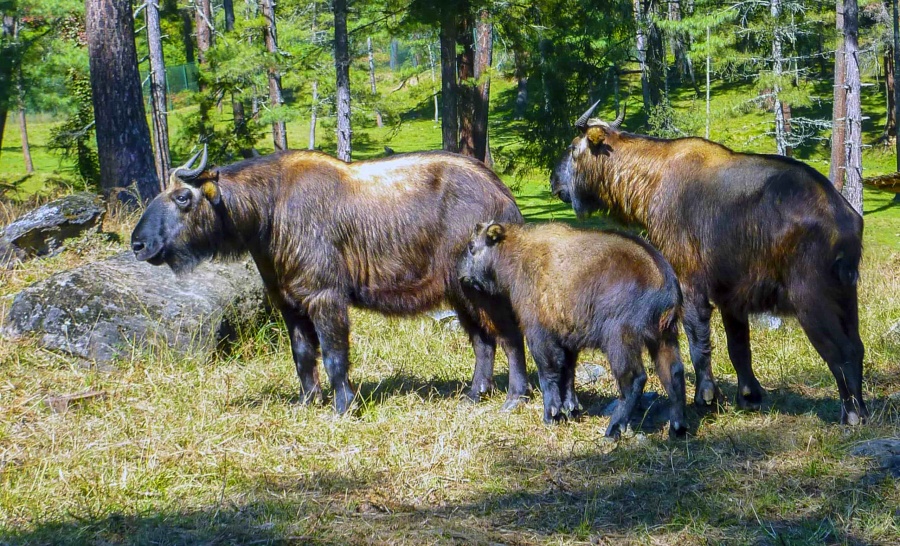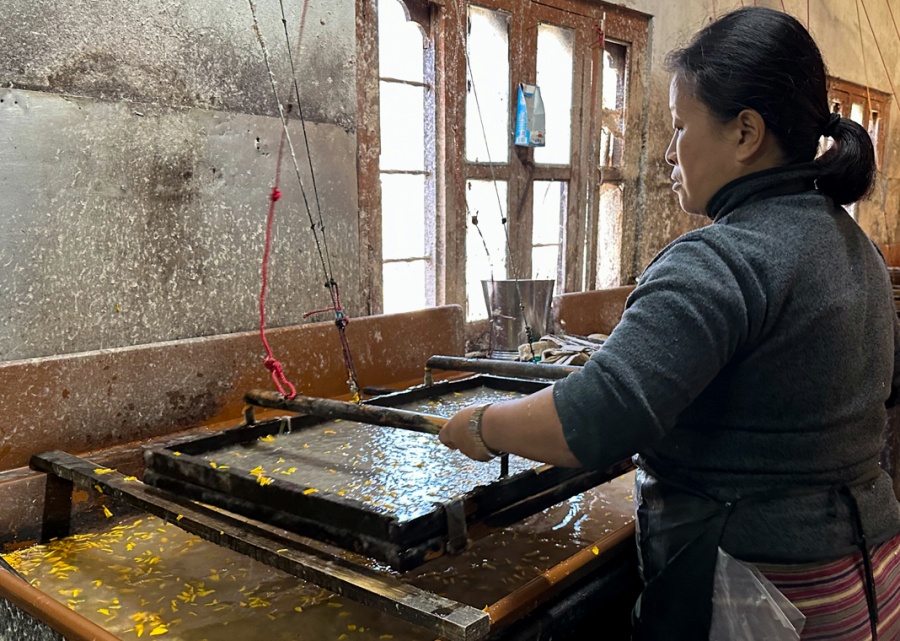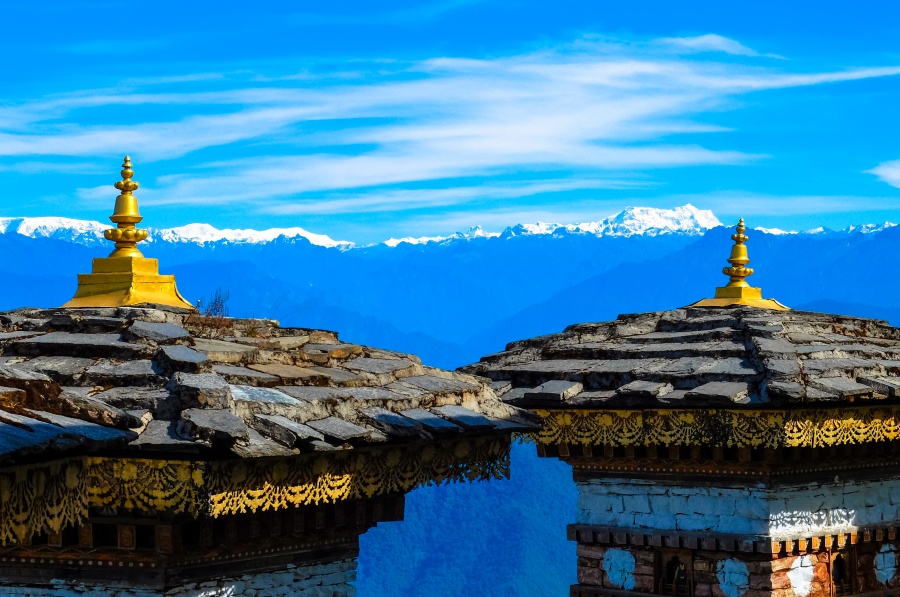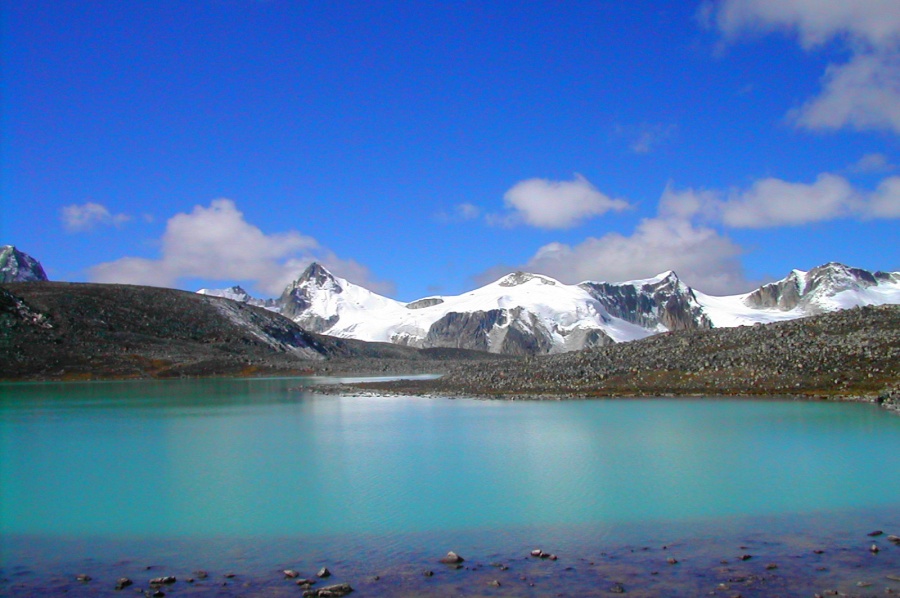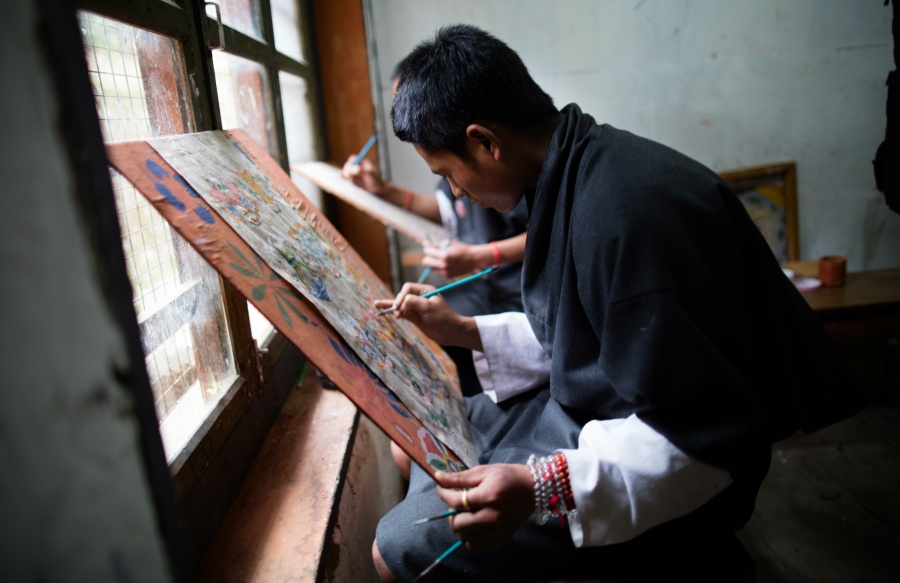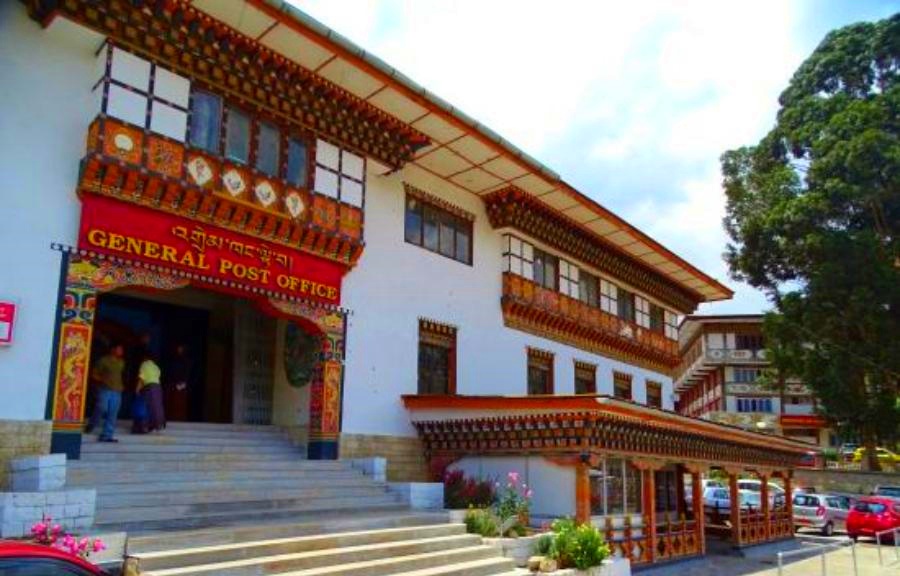Thimphu, the capital city of Bhutan, offers a variety of famous attractions that showcase the country's rich cultural heritage, stunning landscapes, and religious significance. Here are some must-visit attractions in Thimphu:
Tashichho Dzong is an architectural masterpiece located on the banks of the Wang Chhu River. It serves as the seat of Bhutan's government, housing the throne room and offices of the king. The dzong's striking whitewashed walls, golden roofs, and intricately carved wooden facades make it one of Bhutan's most iconic landmarks. Visitors can explore its grand courtyards, serene gardens, and ornate temples, including the Temple of the Divine Madman. Tashichho Dzong also hosts colorful festivals and ceremonies throughout the year, providing an opportunity to experience Bhutanese culture and traditions.
The National Memorial Chorten is a white stupa located in the heart of Thimphu. It was built in memory of Bhutan's third king, Jigme Dorji Wangchuck. The chorten's striking architecture features elaborate carvings, paintings, and sculptures that depict Buddhist deities and symbols. Locals visit the chorten daily to perform circumambulation, spinning prayer wheels and reciting prayers for the well-being of all sentient beings. Inside, the chorten houses numerous shrines and prayer rooms adorned with intricate artwork and religious relics.
Buddha Dordenma Statue
Situated on a hilltop overlooking Thimphu valley, the Buddha Dordenma Statue is a majestic bronze statue of Buddha Shakyamuni. Standing at 169 feet tall, it is one of the largest Buddha statues in the world and is surrounded by lush greenery and panoramic views. Visitors can climb up to the statue's base to admire its intricate craftsmanship and gaze out at the scenic surroundings. The area around the statue serves as a peaceful retreat for meditation and contemplation.
The Folk Heritage Museum provides a fascinating glimpse into traditional Bhutanese life and culture. Housed in a beautifully preserved 19th-century farmhouse, the museum showcases exhibits on rural households, traditional crafts, and agricultural practices. Visitors can explore the various rooms of the farmhouse, which are furnished with authentic household items and artifacts. The museum also offers demonstrations of traditional crafts such as weaving, pottery, and wood carving, allowing visitors to experience Bhutanese craftsmanship firsthand.
Centenary Farmers' Market
The Centenary Farmers' Market is a bustling market located in the heart of Thimphu, where locals gather to buy and sell fresh produce, handicrafts, and household goods. The market is divided into two sections: one for fresh produce such as fruits, vegetables, and dairy products, and another for handicrafts, textiles, and souvenirs. Visitors can stroll through the colorful stalls, sample local delicacies, and interact with vendors to learn about Bhutanese cuisine and culture. The market's vibrant atmosphere and diverse offerings make it a must-visit destination for both locals and tourists alike.
Changangkha Lhakhang
Perched atop a ridge overlooking Thimphu valley, Changangkha Lhakhang is one of the oldest temples in Thimphu. The temple is dedicated to Avalokiteshvara, the Buddhist deity of compassion, and is a popular pilgrimage site for locals seeking blessings for their newborn children. Visitors can admire the temple's traditional Bhutanese architecture, colorful murals, and intricate wood carvings. The temple offers stunning panoramic views of Thimphu valley and the surrounding mountains, making it a picturesque spot for photography and contemplation.
Takin Preserve
The Takin Preserve is a wildlife reserve located on the outskirts of Thimphu, home to Bhutan's national animal, the takin. The takin is a unique creature with a goat-like body and a cow-like head, and it holds a special place in Bhutanese folklore and mythology. Visitors can observe takins grazing in their natural habitat within the preserve, as well as learn about their behavior, diet, and conservation efforts. The preserve also offers scenic walking trails and picnic spots amidst the lush forested surroundings.
The Royal Textile Academy showcases Bhutan's rich textile heritage and craftsmanship, with exhibits on traditional weaving techniques, textile designs, and historical costumes. Visitors can admire a collection of intricately woven textiles, embroidered garments, and delicate tapestries, many of which are centuries old. The academy also offers demonstrations of traditional weaving methods by skilled artisans, providing insight into the intricate process of creating Bhutanese textiles. The museum's serene gardens and architecture make it a peaceful and educational destination for visitors interested in Bhutanese culture and art.
Simtokha Dzong
Situated on a ridge overlooking Thimphu valley, Simtokha Dzong is one of the oldest dzongs in Bhutan, dating back to the 17th century. The dzong serves as a monastery and school for religious studies, housing a collection of sacred scriptures, religious artifacts, and statues. Visitors can explore the dzong's historic halls, adorned with colorful murals depicting Buddhist deities, historical events, and religious teachings. Simtokha Dzong is also known for its tranquil courtyards and gardens, offering a peaceful retreat for meditation and contemplation.
The Thimphu Weekend Market is a vibrant hub of activity where locals from surrounding areas come to buy and sell a variety of goods. The market offers fresh produce, including fruits, vegetables, meats, and dairy products, as well as handicrafts, textiles, and household items. Visitors can immerse themselves in the lively atmosphere, bargaining with vendors, sampling local delicacies, and experiencing the diverse sights, sounds, and smells of Bhutanese market life. The market is a great place to interact with locals, learn about Bhutanese cuisine and culture, and pick up unique souvenirs to take home.


 Tours
Tours
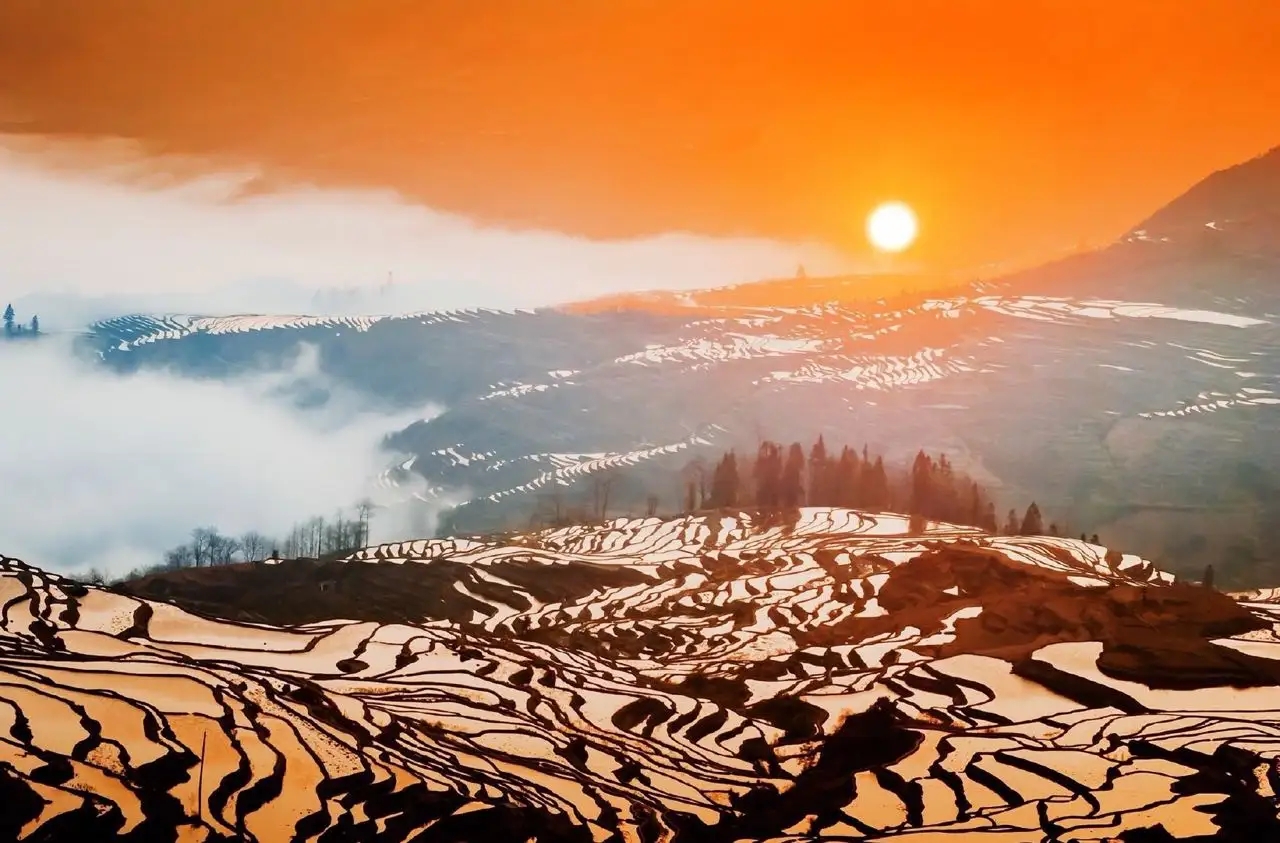
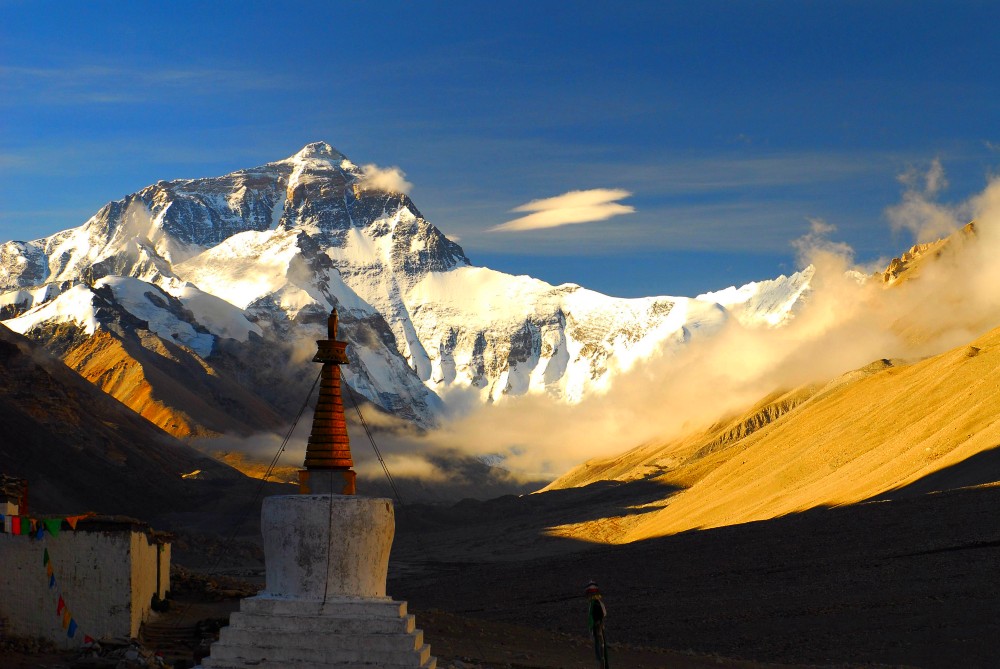
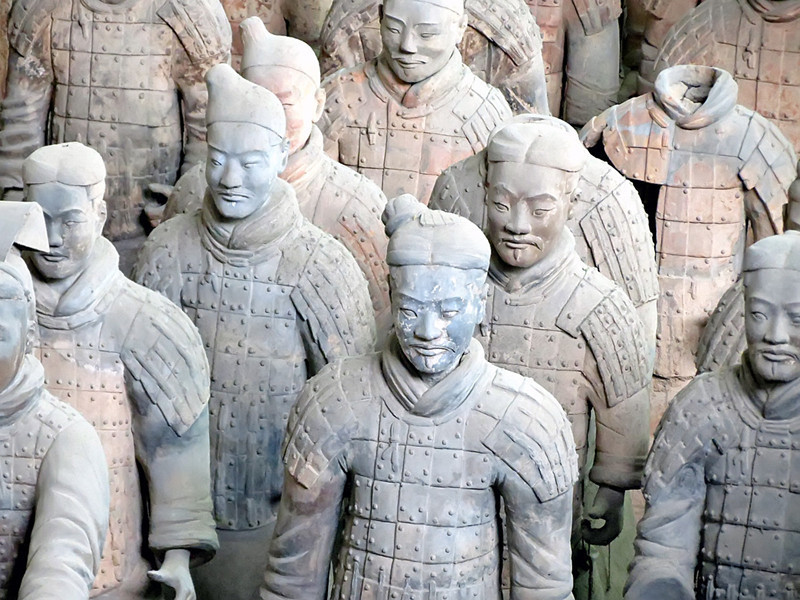
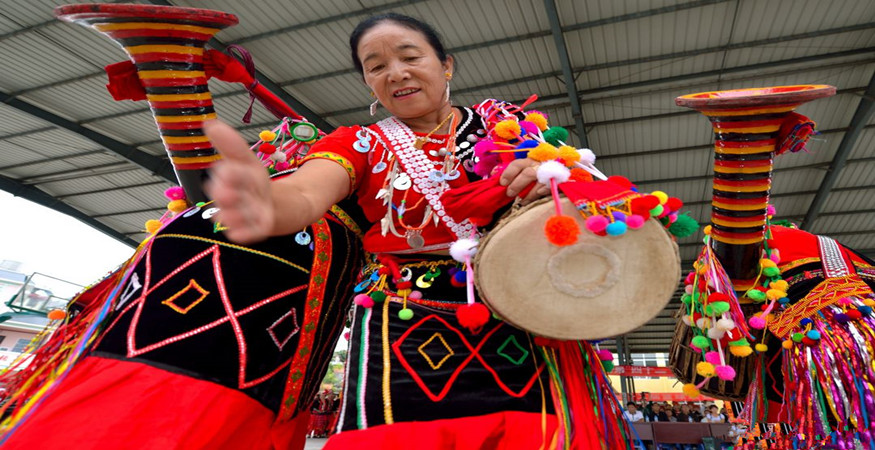
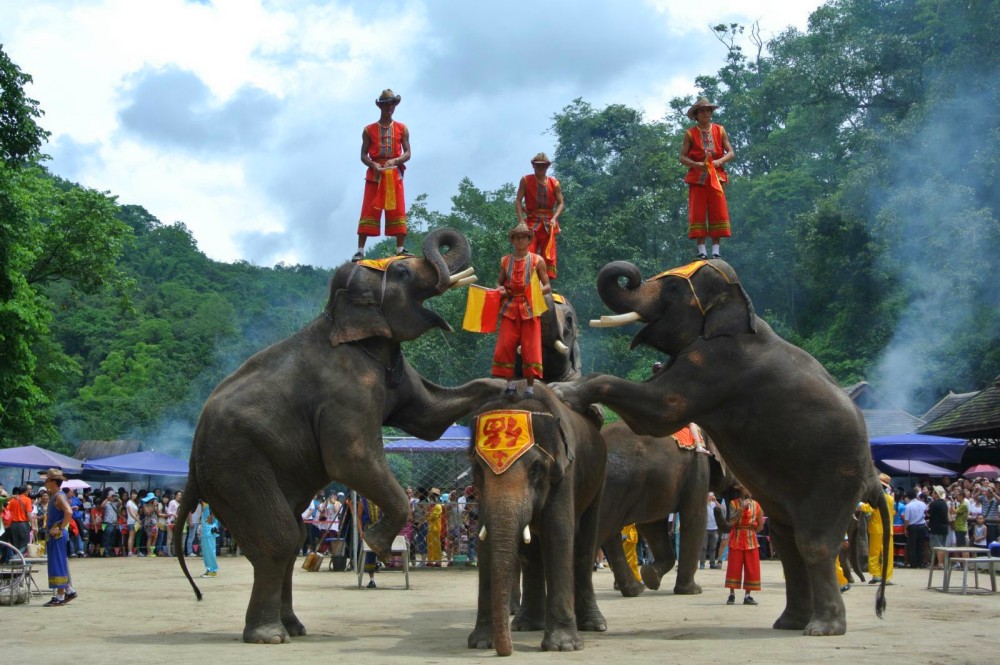
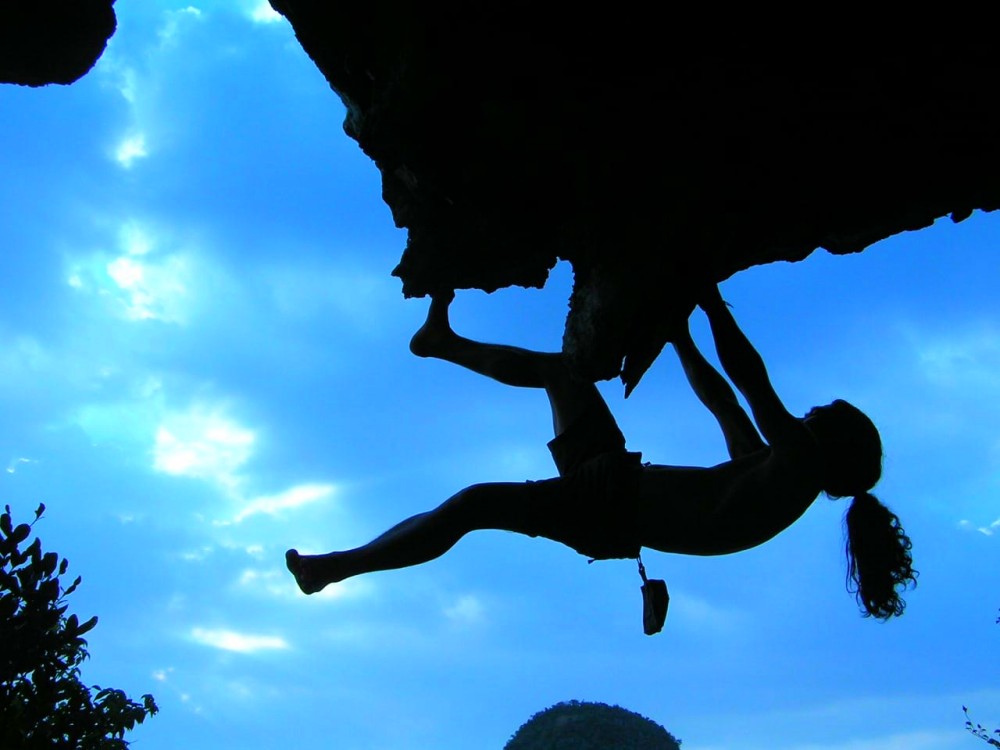
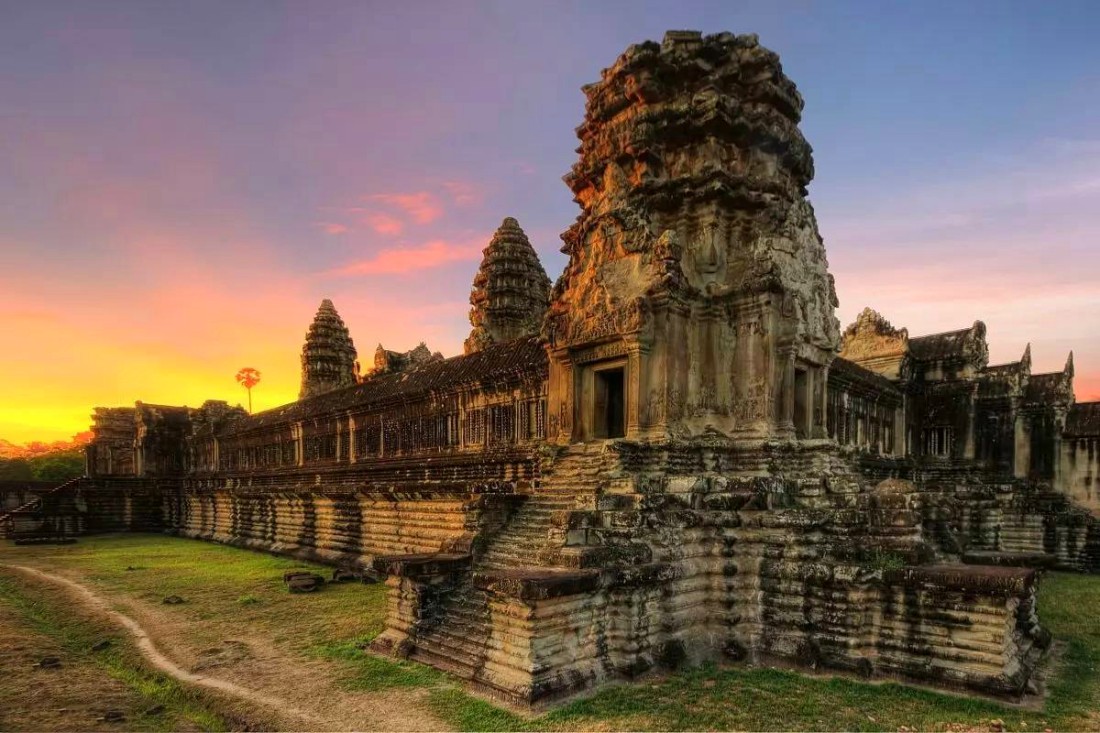
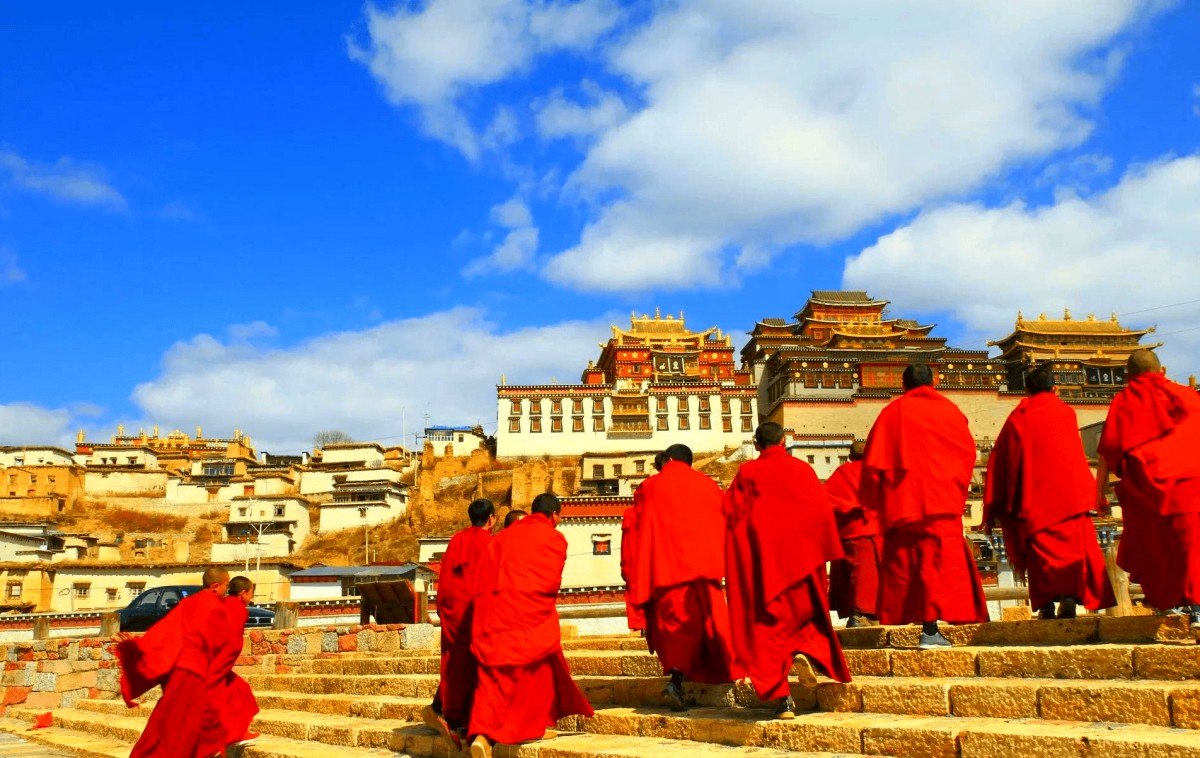

 Destinations
Destinations Attractions
Attractions Golf
Golf Customize
Customize About Us
About Us Contact
Contact







